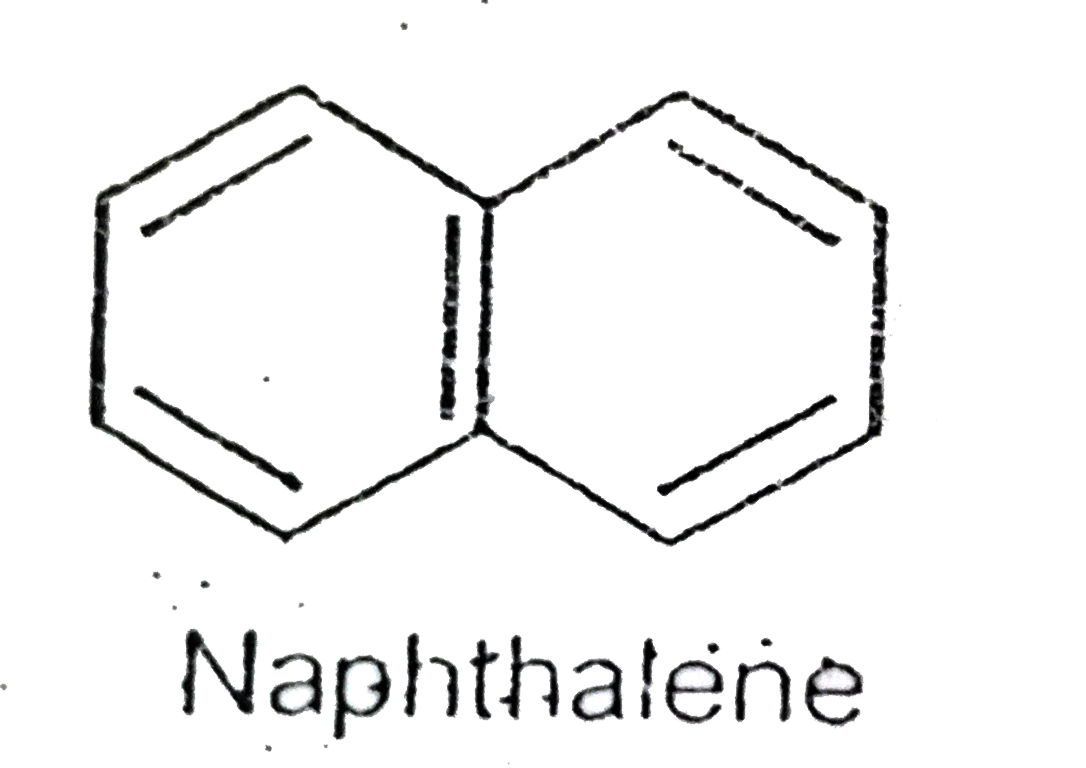Statement-1 : at (x = 0) does not exist.
Statement -2 :Right hand limit Left hand limit
i)
Statement - 1 is True, Statement-2 is True, Statement-2 is a correct explanation for statement-1
ii)Statement-1 is True, Statement-2 is True, Statement-2 is Not a correct explanation for statement-1
iii)Statement-1 is True, Statement-2 is False
iv)Statement -1 is False, Statement-2 is True
Statement - 1 is True, Statement-2 is True, Statement-2 is a correct explanation for statement-1
Statement-1 is True, Statement-2 is True, Statement-2 is Not a correct explanation for statement-1
Statement-1 is True, Statement-2 is False
Statement -1 is False, Statement-2 is True
The correct Answer is:A
To solve the limit problem, we need to evaluate the limit:
limx→0√1−cos(2x)x
Step 1: Rewrite the expression
We can use the trigonometric identity 1−cos(2x)=2sin2(x). Thus, we can rewrite the limit as:
limx→0√2sin2(x)x
Step 2: Simplify the expression
This simplifies to:
limx→0√2|sin(x)|x
Step 3: Evaluate the right-hand limit
Now, we evaluate the right-hand limit as x approaches 0 from the positive side:
limx→0+√2sin(x)x
Using the fact that limx→0sin(x)x=1, we find:
limx→0+√2sin(x)x=√2⋅1=√2
Step 4: Evaluate the left-hand limit
Next, we evaluate the left-hand limit as x approaches 0 from the negative side:
limx→0−√2sin(x)x
Since sin(x) is an odd function, sin(−x)=−sin(x), we have:
limx→0−√2sin(x)x=limx→0−√2(−sin(−x))−x=√2⋅1=√2
Step 5: Compare the limits
Since both the right-hand limit and left-hand limit are equal:
limx→0+√2sin(x)x=√2andlimx→0−√2sin(x)x=√2
This indicates that the limit exists and is equal to √2.
Conclusion
Thus, the limit exists, and Statement-1 is false. Since the right-hand limit equals the left-hand limit, Statement-2 is also false. Therefore, the correct answer is:
iv) Statement -1 is False, Statement-2 is True.
We can use the trigonometric identity 1−cos(2x)=2sin2(x). Thus, we can rewrite the limit as:
This simplifies to:
Now, we evaluate the right-hand limit as x approaches 0 from the positive side:
Next, we evaluate the left-hand limit as x approaches 0 from the negative side:
Since both the right-hand limit and left-hand limit are equal:
Thus, the limit exists, and Statement-1 is false. Since the right-hand limit equals the left-hand limit, Statement-2 is also false. Therefore, the correct answer is:
Topper's Solved these Questions
- LIMITS AND DERIVATIVES Book:AAKASH INSTITUTE ENGLISHChapter:LIMITS AND DERIVATIVES Exercise:Section - F
Explore 2 Videos
- LIMITS AND DERIVATIVES Book:AAKASH INSTITUTE ENGLISHChapter:LIMITS AND DERIVATIVES Exercise:Section - G
Explore 5 Videos
- LIMITS AND DERIVATIVES Book:AAKASH INSTITUTE ENGLISHChapter:LIMITS AND DERIVATIVES Exercise:Section - D
Explore 4 Videos
- INVERSE TRIGONOMETRIC FUNCTIONSBook:AAKASH INSTITUTE ENGLISHChapter:INVERSE TRIGONOMETRIC FUNCTIONSExercise:ASSIGNMENT (SECTION - J)(ANKASH CHALLENGERS QUESTIONS)
Explore 4 Videos
- MATHEMATICAL REASONINGBook:AAKASH INSTITUTE ENGLISHChapter:MATHEMATICAL REASONINGExercise:Assignment (SECTION-D) (Assertion-Reason Type Questions)
Explore 15 Videos
Similar Questions
Statement-1: The function F(x)=∫sin2xdx satisfies F(x+π)=F(x),∀ξnR ,Statement-2: sin2(x+π)=sin2x (A) Statement-1 is True, Statement-2 is True, Statement-2 is a correct explanation for Statement-1. (B) Statement-1 is True, Statement-2 is True, Statement-2 is NOT a correct explanation for Statement-1. (C) Statement-1 is True, Statement-2 is False. (D) Statement-1 is False, Statement-2 is True.
View SolutionStatement-1: ∫sin−1xdx+∫sin−1√1−x2dx=π2x+cStatement-2: sin−1x+cos−1x=π2 (A) Statement-1 is True, Statement-2 is True, Statement-2 is a correct explanation for Statement-1. (B) Statement-1 is True, Statement-2 is True, Statement-2 is NOT a correct explanation for Statement-1. (C) Statement-1 is True, Statement-2 is False. (D) Statement-1 is False, Statement-2 is True.
View SolutionStatement-1: ∫(x2−1x2)ex2+1xdx=ex2+1x+C Statement-2: ∫f(x)ef(x)dx=f(x)+C (A) Statement-1 is True, Statement-2 is True, Statement-2 is a correct explanation for Statement-1. (B) Statement-1 is True, Statement-2 is True, Statement-2 is NOT a correct explanation for Statement-1. (C) Statement-1 is True, Statement-2 is False. (D) Statement-1 is False, Statement-2 is True.
View SolutionStatement-1: p-Nitroaniline is more polar than nitrobenzene
and
Statement-2: Nitro group has -M effect.
(a) Statement-1 is true, Statement-2 is true, Statement-2 is a correct explanation for Statement-1
(b) Statement-1 is true, Statement-2 is true, Statement-2 is not a correct explanation for Statement -1
(c) Statement -1 is true, Statement -2 is false
(d) Statement -1 is false, Statement -2 is true
View SolutionStatement-1: ∫dxx(1+logx)2=−11+logx+C , Statement-2: ∫(f(x))nf'(x)dx=(f(x))n+1n+1+C,n+1≠0 (A) Statement-1 is True, Statement-2 is True, Statement-2 is a correct explanation for Statement-1. (B) Statement-1 is True, Statement-2 is True, Statement-2 is NOT a correct explanation for Statement-1. (C) Statement-1 is True, Statement-2 is False. (D) Statement-1 is False, Statement-2 is True.
View SolutionConsider the function F(x)=∫x(x−1)(x2+1)dxStatement-1: F(x) is discontinuous at x=1 ,Statement-2: Integrand of F(x) is discontinuous at x=1 (A) Statement-1 is True, Statement-2 is True, Statement-2 is a correct explanation for Statement-1. (B) Statement-1 is True, Statement-2 is True, Statement-2 is NOT a correct explanation for Statement-1. (C) Statement-1 is True, Statement-2 is False. (D) Statement-1 is False, Statement-2 is True.
View SolutionStatement-1: In naphthalene all C-C bonds are equal

and
Statement-2: Like benzene naphthalene is also aromatic.
(a) Statement-1 is true, Statement-2 is true, Statement-2 is a correct explanation for Statement-1
(b) Statement-1 is true, Statement-2 is true, Statement-2 is not a correct explanation for Statement -1
(c) Statement -1 is true, Statement -2 is false
(d) Statement -1 is false, Statement -2 is true
View SolutionStatement-1: ∫(sinx)x(xcotx+logsinx)dx=x(sinx)xStatement-2: ddx(f(x))g(x)=(f(x))g(x)ddx[g(x)logf(x)] (A) Statement-1 is True, Statement-2 is True, Statement-2 is a correct explanation for Statement-1. (B) Statement-1 is True, Statement-2 is True, Statement-2 is NOT a correct explanation for Statement-1. (C) Statement-1 is True, Statement-2 is False. (D) Statement-1 is False, Statement-2 is True.
View SolutionStatement-1 :Perpendicular from origin O to the line joining the points A(osα,csinα) and B(osβ,csinβ) divides it in the ratio 1:1 Statement-2 Perpendicular from opposite vertex to the base of an isosceles triangle bisects it Statement-1 is True, Statement-2 is True; Statement-2 is a correct explanation for Statement-1 Statement-1 is True, Statement-2 is True; Statement-2 is not a correct explanation for Statement-1 Statement-1 is True, Statement-2 is False Statement-1 is False, Statement-2 is True
View SolutionSTATEMENT-1: log(2+sin2x)(x4+x2+1)esinx>0 STATEMENT-2: Product of non-negative expressions can not assume negative value (A) Statement-1 is True, Statement-2 is True; Statement-2 is a correct explanation for Statement-1 (B) Statement-1 is True, Statement-2 is True; Statement-2 is NOT a correct explanation for Statement-1 (C) Statement-1 is True, Statement-2 is False (D) Statement-1 is False, Statement-2 is True
View Solution